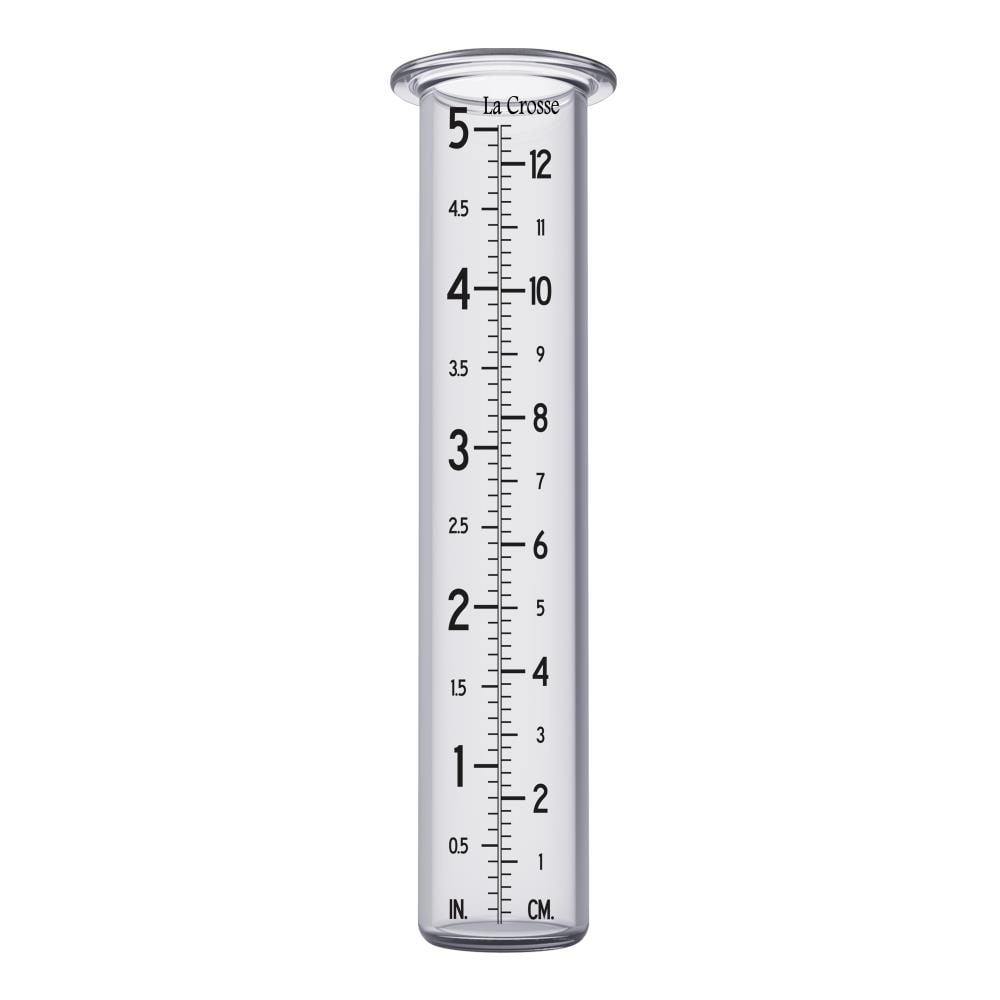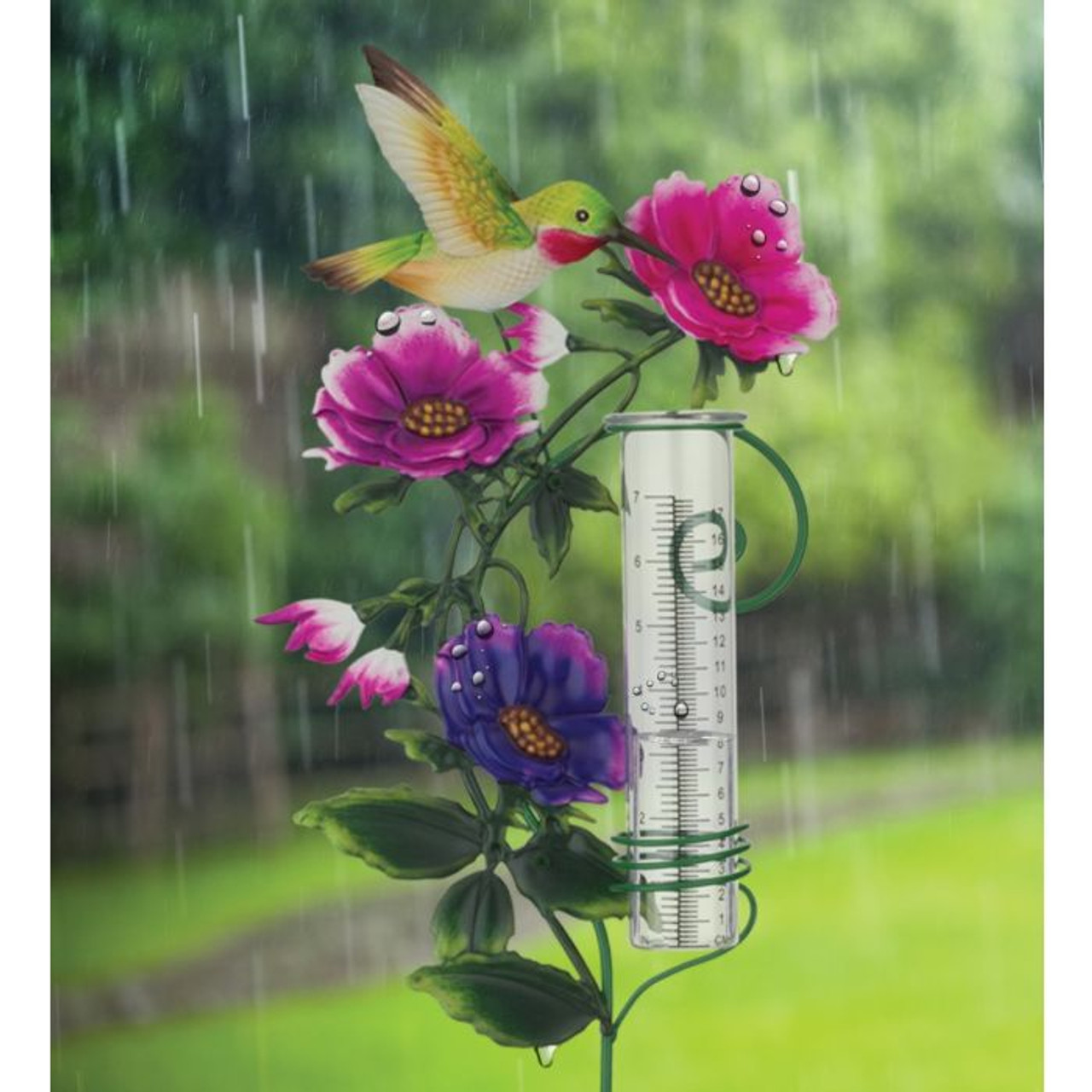The Rain Gauge: Equipping Areas with Exact Rain Data
How to Choose the Right Rain Scale for Accurate Rainfall Information
To acquire reputable dimensions, it is essential to pick the ideal rain gauge. Taking into consideration factors such as area, kind, and accuracy of the rainfall gauge will help ensure exact data collection. Additionally, understanding the upkeep and calibration procedures will add to the long life and integrity of your rain gauge.
Value of Selecting the Right Rainfall Scale
The value of choosing the ideal rainfall scale depends on acquiring accurate and trustworthy rainfall information for precise atmospheric analysis. Rain data is critical for a wide variety of applications, consisting of climate forecasting, hydrological modeling, and environment research. Imprecise or undependable information can lead to erroneous final thoughts and flawed decision-making processes.

Secondly, the accuracy and precision of the rainfall gauge are paramount. The scale needs to have the ability to gauge rainfall with high accuracy, catching even little amounts of precipitation accurately. It ought to likewise lessen errors due to evaporation, wind, and other ecological aspects. Normal calibration and upkeep are necessary to ensure continuous accuracy.
In addition, the area and installment of the rain gauge are crucial considerations. It needs to be placed in an open location, far from obstructions that can influence rainfall measurements. The scale should be placed at an ideal elevation and angle to stay clear of splashing and make sure appropriate catchment of rainwater.
Aspects to Take Into Consideration When Selecting a Rain Gauge
When selecting a rainfall gauge, there are numerous vital aspects to think about. These variables can considerably affect the accuracy and integrity of the rainfall information gathered. The first variable to think about is the type of rainfall scale. There are different types available, including conventional rainfall evaluates, tipping bucket rain gauges, and considering rainfall gauges. Each type has its very own benefits and disadvantages, so it is necessary to pick one that finest fits your specific needs and demands.
Another variable to think about is the material of the rainfall gauge. Rainfall evaluates can be made from numerous products, such as plastic, glass, or steel. The product chosen need to be resilient and immune to weather, ensuring that the rain scale will stand up to the components and offer accurate dimensions over time.
Accuracy is additionally a critical variable to think about. Try to find rainfall gauges that have actually been adjusted and checked for precision. Features such as anti-splash rings and funnels can also boost the precision of the dimensions.

Lastly, take into consideration the climate and environment in which the rain scale will certainly be used. Different rain determines are ideal for various environments, so it is essential to choose one that is suitable for the conditions in your area.
Different Sorts Of Rain Evaluates Readily Available
To further discover the factors to consider when choosing a rain gauge, it is important to comprehend the various kinds of rainfall assesses offered. The most typical type is the common rain gauge, additionally known as the cylindrical rain scale.
An additional kind of rain scale is the tipping pail rainfall gauge. This gauge uses a seesaw-like device to accumulate and gauge rains. As the rainfall comes under the gauge, it loads up one side of the container, creating it to clear the water and tip. The number of pointers is counted online to identify the quantity of rains. Tipping bucket rainfall assesses are prominent for this post their precision and capability to measure rains strength.
A 3rd kind of rainfall gauge is the weighing rain gauge. This scale utilizes a balance system to gauge the weight of the accumulated rains. As the rain falls under the gauge, it is gathered in a container linked to a balance. The weight of the water is gauged, and the rainfall amount is determined based upon the weight. Weighing rainfall assesses are very exact however can be a lot more expensive and need normal maintenance.
Ultimately, there are additionally remote rain evaluates that use advanced modern technology to gauge rainfall (The Rain Gauge). These gauges use sensors and transmitters to send out data wirelessly to a main device. Remote rain determines are practical for keeping track of rainfall in hard-to-reach locations or for massive information collection
Exactly How to Identify the Accuracy of a Rain Gauge
One means to assess the precision of a rain scale is by performing routine calibration measurements. Calibration includes comparing the readings of a rainfall gauge to a typical measurement, such as a qualified rain gauge or a weather condition station with high precision. By contrasting the measurements, any type of disparities or inaccuracies in the rain scale can be recognized and accounted for.
To carry out a calibration measurement, begin by collecting rainfall information from both the rain gauge and the conventional dimension device over a details time period, such as a month. Contrast the readings and calculate the difference in between them. This distinction is recognized as the calibration mistake.
It is essential to keep in mind that calibration measurements ought to be done routinely, as ecological variables, such as debris, temperature, and wind, can impact the precision of the rainfall gauge gradually. By carrying out normal calibrations, any changes in the accuracy of the rainfall read this post here gauge can be discovered and changes can be made accordingly.
In addition to calibration, it is additionally advised to clean and keep the rainfall scale routinely to ensure its accuracy. Eliminate any type of particles or blockages that may influence the accuracy of the dimensions, and look for any kind of indications of damages or wear that may require repair services or substitute.
Tips for Preserving and Calibrating Your Rainfall Gauge
Regular maintenance and calibration are essential for guaranteeing the precision and dependability of your rain scale in determining rainfall data (The Rain Gauge). By adhering to a couple of easy suggestions, you can guarantee that your rainfall gauge is correctly maintained and calibrated
To start with, it is necessary to cleanse your rainfall gauge consistently to avoid any type of particles or dirt from blocking the rain collection mechanism. Make use of a soft brush and a light detergent to gently clean the within and beyond the scale. Wash it completely with clean water and allow it to completely dry totally before re-installing it.
Secondly, it is advised to calibrate your rainfall gauge a minimum of annually. Calibration involves contrasting the dimensions of your rainfall gauge with those of a relied on and accurate referral gauge. This will certainly aid you determine and correct any potential errors in your rain gauge's dimensions.
To adjust your rainfall gauge, gather a recognized volume of water making use of a measuring container and contrast it with the measurements videotaped by your rainfall scale. Adjust the analyses appropriately to make certain precision.

Conclusion
To conclude, choosing the right rainfall scale is important for getting exact rains information. When choosing a rainfall scale, elements such as budget, purpose, and area need to be thought about. There are various sorts of rainfall evaluates offered, each with their very own benefits and restrictions. It is necessary to frequently maintain and calibrate your rain scale to ensure its accuracy. By following these guidelines, accurate rains information can be obtained for different applications.
There are various types available, consisting of typical rainfall gauges, tipping bucket rain evaluates, and evaluating rainfall assesses.To further check out the elements to take into consideration when picking a rain scale, it is important to comprehend the different kinds of rainfall evaluates offered. The most usual kind is the typical rain gauge, also recognized as the cylindrical redirected here rainfall scale.One more type of rainfall scale is the tipping bucket rain scale. Calibration includes contrasting the analyses of a rain gauge to a common dimension, such as a certified rainfall gauge or a climate terminal with high accuracy.